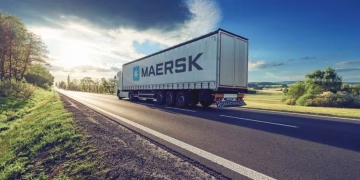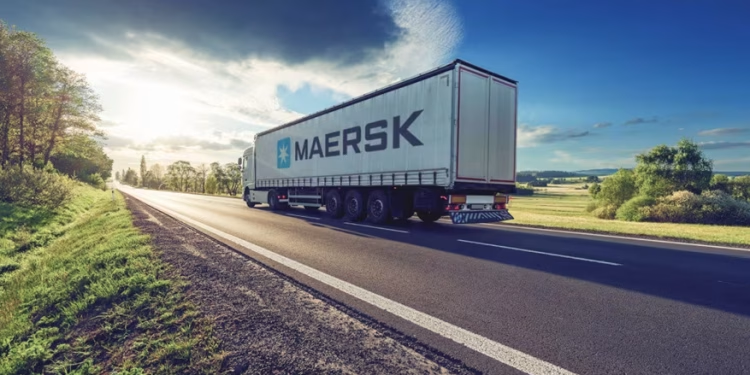By Eva Richardson | Published on April 4, 2025
In a global logistics landscape shaped by economic turbulence, geopolitical rifts, and accelerating digitalization, A.P. Moller-Maersk has released a data-driven tool designed to help supply chain leaders decode what’s next: the Maersk Logistics Trend Map 2025. Far from a theoretical exercise, the map pinpoints the ten most urgent and transformative trends expected to impact supply chains in the coming years—with regional and sector-specific nuance.
Developed in partnership with Statista and based on insights from over 500 senior logistics executives, the trend map distills an ocean of industry data into a practical compass for strategic planning. From automation and cybersecurity to circular logistics and reverse supply chains, it presents a roadmap for navigating the decade ahead.
A Top-10 List that Reflects Shifting Priorities
The Maersk report doesn’t stop at buzzwords. Using AI-assisted research and analysis of patent filings, earnings calls, academic literature, and startup activity, the report reveals ten trends rising above the rest:
-
Supply Chain Visibility
-
Internet of Things (IoT)
-
Supply Chain Diversification
-
Financial Resilience
-
Circular Economy Models
-
Artificial Intelligence
-
Cybersecurity
-
E-Commerce Innovation
-
Last-Mile Delivery Optimization
-
Reverse Logistics and Return Handling
Each trend reflects a fundamental shift in how global supply chains are managed. For example, reverse logistics, once a niche afterthought, is now a critical function in retail, cited by 53% of decision-makers as a major operational challenge—driven by rising return volumes and customer expectations in e-commerce.
Meanwhile, cybersecurity, long considered an IT issue, has become a supply chain concern, especially as more firms adopt IoT sensors and cloud-based platforms to gain real-time visibility.
Sector and Region Matter More Than Ever
While these trends are global in scope, the impact varies widely across industries and regions. In fashion and lifestyle as well as pharma and healthcare, over 59% of leaders cited geopolitical disruption as a top concern—driven by supply risks from trade disputes, sanctions, and war zones.
In contrast, logistics players in the automotive and industrial sectors are prioritizing financial resilience and supplier diversification to mitigate inflationary pressures and single-source vulnerabilities.
“Understanding the relevance of a trend in your specific context is just as important as the trend itself,” said Karsten Kildahl, Maersk’s Chief Commercial Officer. “Our aim was to not only map the future but to make it actionable, so our partners can build robust, flexible strategies.”
From Insight to Execution
The Logistics Trend Map is not merely an analytical exercise. It is intended to support operational and strategic decision-making, giving companies the visibility needed to proactively redesign supply chains—not just react to disruption after it happens.
And for Maersk, which has repositioned itself in recent years from a pure ocean carrier to an integrated logistics powerhouse, the trend map also reflects its broader brand mission: enabling global trade through smarter, more resilient end-to-end supply chains.
“The question is no longer whether your supply chain will face disruption,” said Kildahl, “but how effectively you can anticipate and adapt.”
What’s Next?
Maersk has indicated that the trend map will evolve annually, incorporating fresh data, new disruptions, and technological developments as they emerge. With AI, sustainability, and decentralization poised to drive the next wave of logistics evolution, the company is positioning itself—and its partners—to not just survive the change, but lead it.























